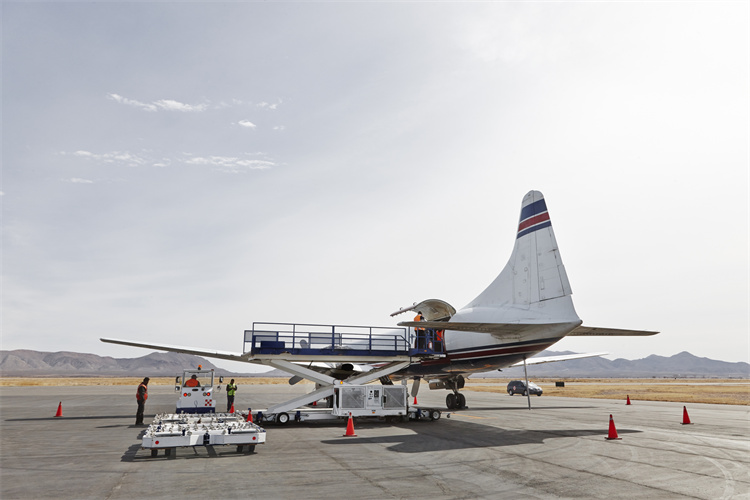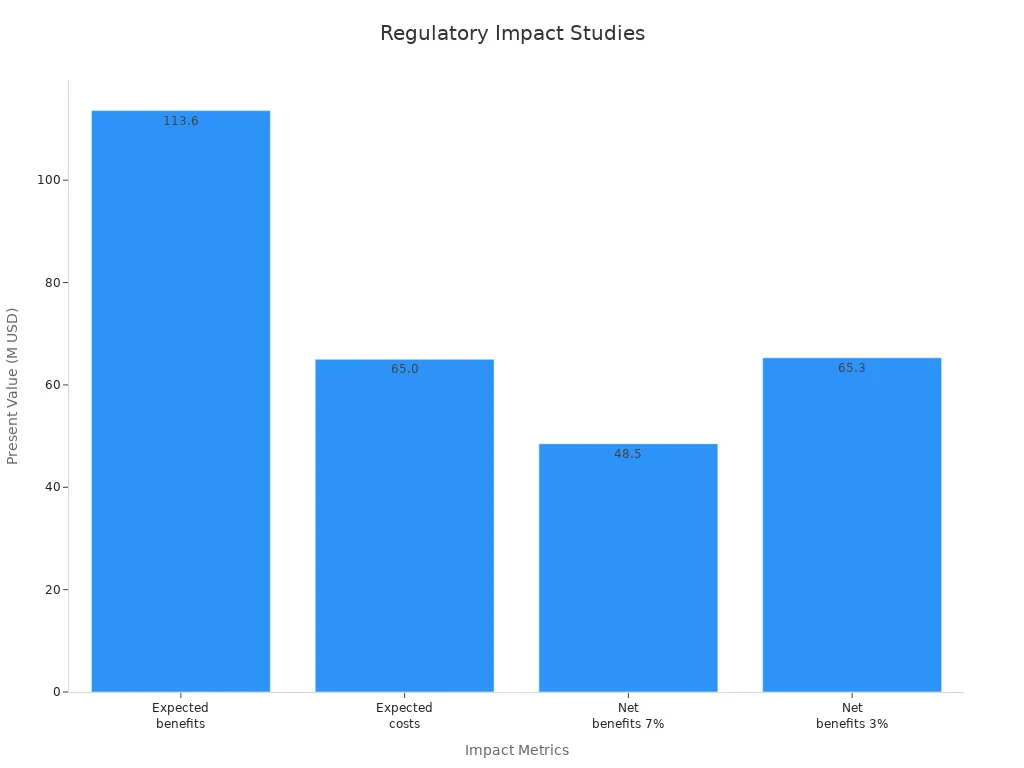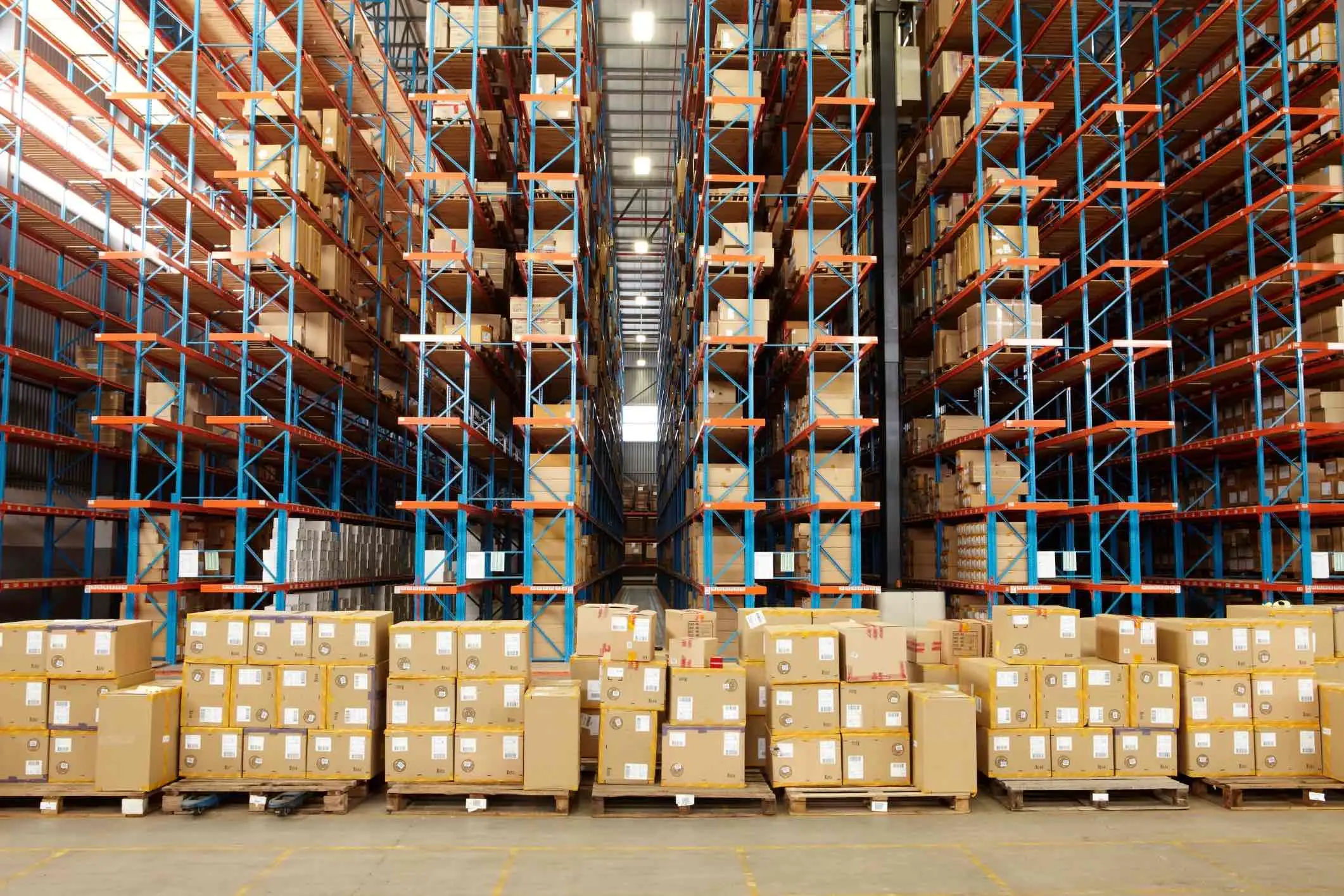Air Freight Industry Insights and Innovations for 2025

The air freight industry is transforming at an unprecedented pace, reshaping global trade and logistics. You can see this through remarkable growth statistics:
The global air cargo and freight logistics market reached USD 270 billion in 2023.
Projections suggest it will hit USD 415 billion by 2032, growing at a 4.8% annual rate.
From 2024 to 2030, an estimated 12.5% annual growth will further amplify the Air Freight Impact.
These shifts demand your attention to stay ahead.
Key Takeaways
Online shopping is making fast air shipping more important. Companies need to adjust to stay ahead in the market.
Being eco-friendly is very important in air shipping. Using green methods can make brands look better and please customers.
Using smart tools and AI can make air shipping better. These tools help companies react quickly to what people want.
Key Trends Shaping the Air Freight Industry in 2025

E-Commerce Growth and Its Air Freight Impact
E-commerce is changing air freight in big ways. Global e-commerce sales are growing by 9% each year until 2029. This growth has increased the need for faster air shipping. South Asia and Southeast Asia are leading this change, reshaping delivery systems. Express shipping services are also growing, boosting air cargo needs. E-commerce is now a major force in shaping the market.
In 2024, air trade dropped by 9%, but airline traffic grew 21%. This shows how e-commerce shipments often skip regular customs checks. Businesses must adjust to these changes to stay competitive in air freight.
Sustainability and Green Logistics in the Air Freight Market
Sustainability is now a key focus in air freight. Companies are using green strategies to meet eco-friendly goals. Studies show that environmental concerns push businesses to adopt green practices. For example, some companies in Lagos, Nigeria, improved their sustainability through these efforts.
The industry is also using fuel-saving planes and clean energy. These changes cut carbon emissions and meet global demands for greener trade. By focusing on sustainability, companies can build a better image and help the planet.
Geopolitical Shifts and Their Influence on Air Freight
Global politics are changing air freight. Trade rules, taxes, and sourcing plans are shifting due to tensions. For example, U.S. tariffs on goods from China, Canada, and Mexico could raise air cargo demand. Companies often rush imports to avoid higher costs, like during the U.S.-China trade war.
Over time, these changes may disrupt supply chains and raise expenses. Many companies are now looking to Southeast Asia for supplies to reduce risks. Knowing these trends is important for handling global trade challenges.
Rising Demand for Speed and Efficiency in Air Freight
Speed and efficiency are now must-haves in air freight. On-time deliveries and quick order processing are more important than ever. AI helps plan better routes to avoid delays. Blockchain makes shipping documents clearer. IoT tracks cargo conditions live to ensure quality.
Faster deliveries have led companies to use more advanced technology. These tools improve how businesses work and meet market demands. To succeed in air freight, companies must adopt these new trends.
Innovations Changing the Air Freight Industry
Digital Tools and AI in Air Freight
Digital tools are changing how air freight works. They make tasks faster and easier. AI is a big part of this change. It helps plan better routes and predicts when repairs are needed. It also makes operations smoother. For example:
AI in supply chains may grow to $58.55 billion by 2031.
This market is growing quickly, at 40.4% each year from 2024.
These tools help meet customer needs faster. AI also gives real-time prices and smarter buying choices for air freight. Using digital tools makes supply chains flexible and ready for more demand.
Robots and Automation in Cargo Work
Robots and automation are improving how cargo is handled. They make work faster and reduce mistakes. A study shows their benefits:
Findings | Details |
|---|---|
Economic Benefits | |
Cost Tools | Tools help figure out costs for using these systems. |
Limits | Results depend on company data and logistics setup. |
Automation speeds up cargo work, which helps with fast shipping. Adding robots reduces problems and uses air cargo space better.
Real-Time Data for Better Supply Chains
Real-time data is helping air freight companies improve. It gives useful information to make better choices. Important data includes:
Metric Type | Details |
|---|---|
Shipping Numbers | |
Route Success | Finds the best shipping paths. |
Carrier Dependability | Tracks how reliable services are. |
Live Tracking | Improves visibility and quick responses. |
AI Predictions | Spots space shortages and saves money. |
Targeted Marketing | Focuses on growing industries for better results. |
Using data helps companies stay flexible and meet customer needs quickly.
New Aircraft and Fuel Savings
New planes are better for the environment and save fuel. They use less energy and pollute less. These changes match global goals for greener shipping. Fuel-saving planes also lower costs, making air freight cheaper. By using these planes, companies can meet eco-friendly goals and stay competitive in the market.
Challenges Facing the Air Freight Market in 2025
Problems with Infrastructure and Capacity
Air freight faces big issues with space and facilities. Busy airports like Frankfurt, Amsterdam, and Paris are overcrowded. This makes flights less reliable. The FAA says passenger traffic will grow 158% by 2040. Cargo traffic will rise 167%. These numbers show how much pressure airports face.
Some airports, like Chicago O'Hare, are expanding. But many cannot handle the growing cargo loads. This causes delays, especially during busy times. To fix this, companies need better technology and smarter planning.
Rules and Compliance in Air Freight
Following rules is hard for air freight companies. They must meet trade laws, customs rules, and green standards. These rules make operations more complicated. The table below shows how rules affect costs and benefits:
Description | Current Value | Time Frame | Discount Rate |
|---|---|---|---|
Benefits from making air travel websites easier to use | $113.6 million | 2013-2022 | 7% |
Costs for carriers and airports | $65.0 million | 10 years | 7% |
Net benefits | $48.5 million | 10 years | 7% |
Net benefits | $65.3 million | 2013-2022 | 3% |
These rules help in the long run but need big investments. Companies must stay updated and flexible to handle these challenges.
Supply and Demand Problems in Air Freight
Air freight often has too much or too little supply. Recently, airfreight prices dropped because of this issue. More space and fewer shipments before holidays caused waste. Freight companies now prefer short contracts to avoid risks.
Experts think demand may rise by April if inflation slows. China reopening could also help. But higher oil prices and fuel fees might cancel out gains. Companies need real-time tools to adjust quickly to changes.
High Costs and Economic Worries
Rising costs and money problems are tough for air freight. The Baltic Air Freight Index shows air rates dropped 40.7% in a year. Worker shortages and supply chain issues make things worse.

Lower rates might make goods cheaper for buyers. To save money, businesses should focus on direct shipping and smart buying. This will help them stay strong in global trade.
Strategic Tips for Air Freight Businesses
Using JUSDA's Warehouse Services for Better Supply Chains
To stay ahead in air freight, smart logistics are key. JUSDA offers warehouse services to make supply chains smoother. They use advanced tools like RFID and WMS to improve accuracy and speed. JUSDA also customizes its services for industries like cars, electronics, and fast-moving goods.
Key Features | Details |
|---|---|
Full Service Coverage | Handles all parts of the supply chain for smooth operations. |
Tech-Powered Efficiency | Uses tools like RFID and WMS for better accuracy and speed. |
Industry-Specific Solutions | Designs services to fit the needs of different industries. |
Using these services can cut costs, manage inventory better, and meet the need for faster shipping.
Creating Strong and Flexible Supply Chains
The air freight industry faces many challenges, like political issues and changing demand. Strong supply chains help businesses handle these problems. Many companies now use multiple suppliers to lower risks. For example:
In 2024, air freight adapted to e-commerce growth and shipping delays.
Political issues made businesses use new routes and cargo options.
Over half of Chinese manufacturers now use a "supplier + 1" plan to avoid relying on one supplier.
By diversifying suppliers and staying flexible, businesses can keep running smoothly and satisfy customers.
Focusing on Green Logistics and Sustainability
Being eco-friendly is now a must in air freight. Companies are using green practices to cut emissions and meet global goals. For example:
Company | Green Effort | Emissions Cut |
|---|---|---|
Nokia | Used multimodal shipping to lower emissions | |
Merck Healthcare | Switched from air to ocean shipping | Over 10,000 metric tons |
Global Healthcare Leader | Launched GoGreen Plus to reduce carbon | 30,000 tonnes in the first year |
Going green helps the planet, improves brand image, and meets customer demands for eco-friendly options.
Teaming Up with JUSDA for Success
Working together is vital in air freight. Partnering with JUSDA gives access to global warehouses, smart tools, and custom logistics. Their JusLink platform shows real-time rates and supply chain updates. By teaming up with JUSDA, businesses can save money, improve operations, and stay competitive in the market.

JUSDA Solutions
To provide you with professional solutions and quotations.
The air freight industry will grow fast in 2025. Online shopping will increase demand, especially in Asia-Pacific. This region will lead global trade. New tools like digital systems and robots will make work easier. But problems like limited space and higher costs will need solutions. JUSDA’s smart services, like warehouse tools, can help businesses adjust and stay strong.
See Also
Exploring 2024 Developments in Sea Freight Logistics
Transforming Logistics with AI: The Future Awaits
Five Key Trends Shaping Future Supply Chain Efficiency
Insights on AI Integration in Future Supply Chains
Enhancing Efficiency Through Innovations in AI Supply Chains
